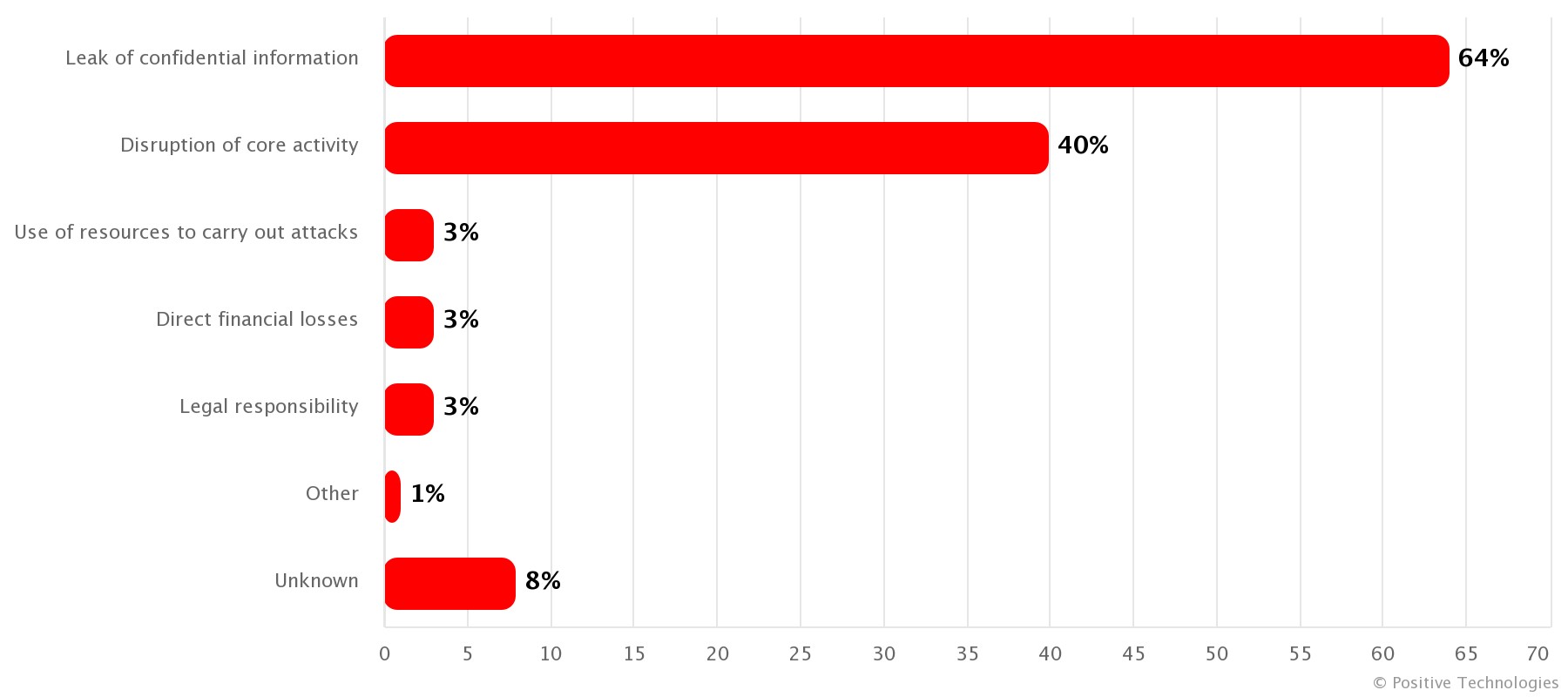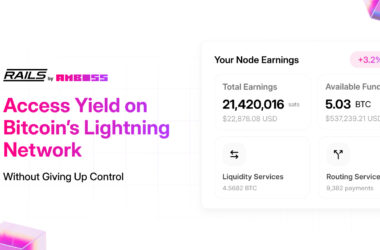In the constantly changing world of cybersecurity, banks, and financial institutions all over the globe are dealing with a growing number of advanced malware attacks. At the same time, there’s a concerning increase in a telephone scam called the Korean call scam, which is causing significant financial losses.
In this article, we’ll take a closer look at these security issues, discuss what they mean, and provide some helpful tips on how to protect against them.
Table of Contents
The Escalation of Malware Attacks on Banks
Financial institutions are prime targets for cybercriminals due to the sensitive financial information they hold and their critical role in the economy. Recent trends show a worrying increase in malware attacks against banks, with attackers employing advanced techniques to bypass security measures.
- The Nature of Attacks: These malware attacks range from phishing campaigns to more sophisticated methods like ransomware and trojan horses specifically designed to infiltrate banking systems.
- Impact on Banks: The consequences of these attacks are dire, including financial loss, damage to reputation, and erosion of customer trust.
- Case Studies: Instances from various parts of the world illustrate the global nature of this threat, with banks in Asia, Europe, and the Americas reporting significant breaches.
In 2023, the financial industry faced significant financial losses due to malware attacks. The global average cost of a data breach in the financial sector was reported to be over $5 million which is 15% higher than 2020. This figure highlights the substantial impact of cyberattacks on financial institutions, considering both the immediate costs and long-term repercussions.
Financial institutions have been targeted not only for money. No, it seems like money is a secondary motivation, instead hackers seem more interested in acquiring sensitive customer data, which can be exploited or sold. Cybercriminals are increasingly interested in client data of financial companies, with a significant portion of messages on shadow markets involving the sale, purchase, or free distribution of such databases.
The increasing sophistication of these attacks and their costly impacts underscore the importance for financial institutions to invest in advanced cybersecurity measures and robust incident response frameworks. Firms are increasingly turning to technologies like security AI, automation, and incident response teams to mitigate these risks and reduce the financial impact of breaches.
The focus on safeguarding against these threats is critical, given the far-reaching consequences of cyberattacks, which extend beyond immediate financial losses to include operational disruptions, reputational harm, and increased regulatory scrutiny.
In 2023, a wide range of financial institutions worldwide have been targeted by sophisticated cyberattacks. While specific bank names are not always disclosed due to privacy and security concerns, the general trend shows that the attacks have been global in scope, affecting organizations across various regions including North America, South America, Europe, and Japan. A notable campaign involved a new JavaScript malware attempting to steal online banking credentials from over 40 financial institutions globally, leading to at least 50,000 infected user sessions.
Additionally, the shadow markets, which are forums and channels used by cybercriminals, indicate a strong interest in the client data of financial organizations around the world. These markets have seen a proliferation of ads for the sale, purchase, or distribution of such data. Financial institutions in regions like Russia and the CIS countries have been particularly targeted, often for geopolitical reasons, leading to destabilization efforts and undermining of trust in their financial systems. The leaked data often includes customer databases from these institutions, which are then used for further fraudulent activities or resold.
These attacks show the evolving nature of cyber threats facing the financial sector, with criminals employing sophisticated methods to breach security and gain access to sensitive data. The financial sector’s heavy reliance on digital infrastructure makes it a prime target, underscoring the need for robust cybersecurity measures and continuous vigilance.
The Korean Call Scam – A New Telecommunication Fraud
The Korean call scam, commonly referred to as “voice phishing” or “vishing” in Korea, is a type of telephone fraud that has been particularly prevalent in South Korea and among Korean-speaking communities worldwide. However this scam is not limited to Korea. This scam has been reported from almost every country and it involves fraudsters impersonating government officials, bank employees, or other trustworthy figures to deceive victims into transferring money or divulging sensitive personal and financial information. This scam involves cloning the sim card and then using the phone number and data to redirect OTPs to the hacker, to access banking information.
Here’s a breakdown of how it typically works:
- Impersonation: Scammers call potential victims, often using caller ID spoofing to make it appear as if the call is coming from a legitimate source, such as a government agency, police department, or financial institution.
- False Narrative: The fraudster presents a convincing but false narrative to create urgency or fear. For example, they might claim that the victim’s bank account has been compromised, or their card has been blocked, that they owe unpaid taxes, or that a relative is in legal trouble and needs immediate financial assistance.
- Request for Information or Money: The scammer then asks the victim to provide personal information such as bank account numbers, passwords, or social security numbers. Alternatively, they may instruct the victim to transfer money to a specific account for “safekeeping” or to resolve the alleged issue.
- Financial Loss and Data Breach: Victims who fall for these scams suffer financial loss and, in cases where personal information is given, potential identity theft and further financial fraud.
The Korean call scam is part of a larger trend of telecommunication frauds targeting individuals based on their cultural background or language proficiency. It exploits the trust that individuals have in authorities and their instinct to act quickly in what they believe to be a time-sensitive or emergency situation. Governments and financial institutions often issue warnings and advice on how to recognize and avoid such scams, emphasizing the importance of verifying the identity of callers and not giving out personal information or making payments based on unsolicited phone calls.
Mitigation Strategies
Addressing these security issues requires a multi-faceted approach, combining technological solutions with human vigilance.
- For Banks: Implementing advanced cybersecurity measures, regular employee training, and robust incident response plans are essential.
- For Consumers: Awareness is key. Consumers should be educated about safe online banking practices and how to recognize potential scams.
- Government and Regulatory Role: Governments and financial regulatory bodies play a crucial role in setting standards and guidelines for cybersecurity in the banking sector.
Conclusion
The rise in malware attacks on banks and the proliferation of the Korean call scam represent significant challenges in the cybersecurity landscape. While these threats are formidable, a coordinated effort among banks, consumers, and regulatory bodies can significantly mitigate these risks. It’s imperative for all stakeholders to stay vigilant and proactive in adopting advanced security measures and promoting cybersecurity awareness.


















Recent Comments